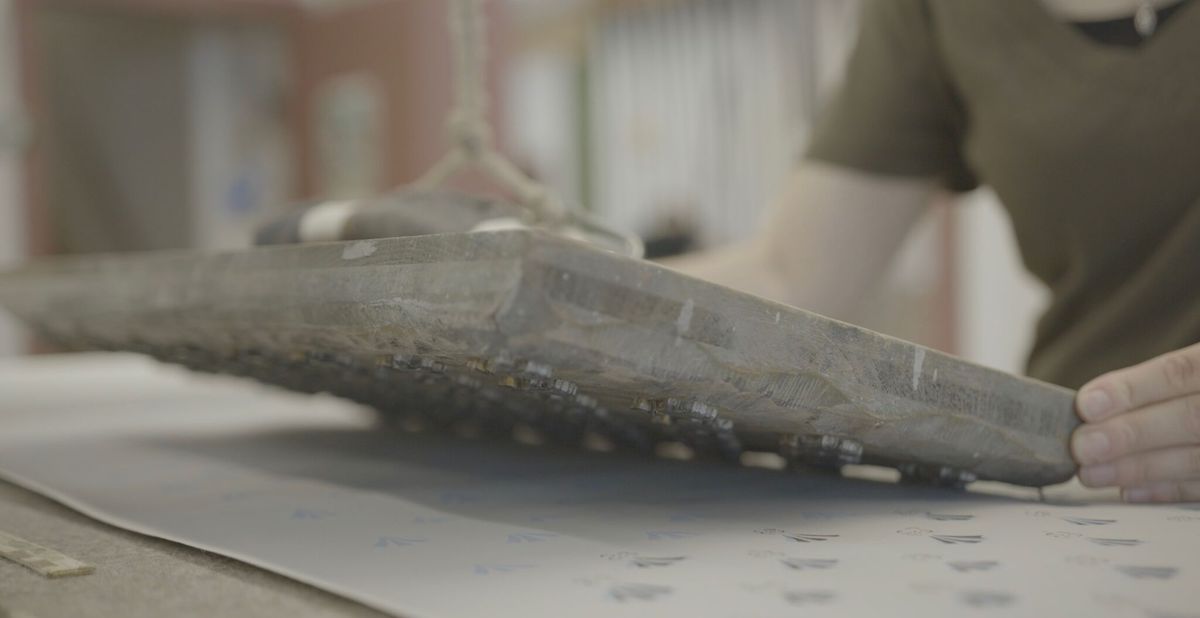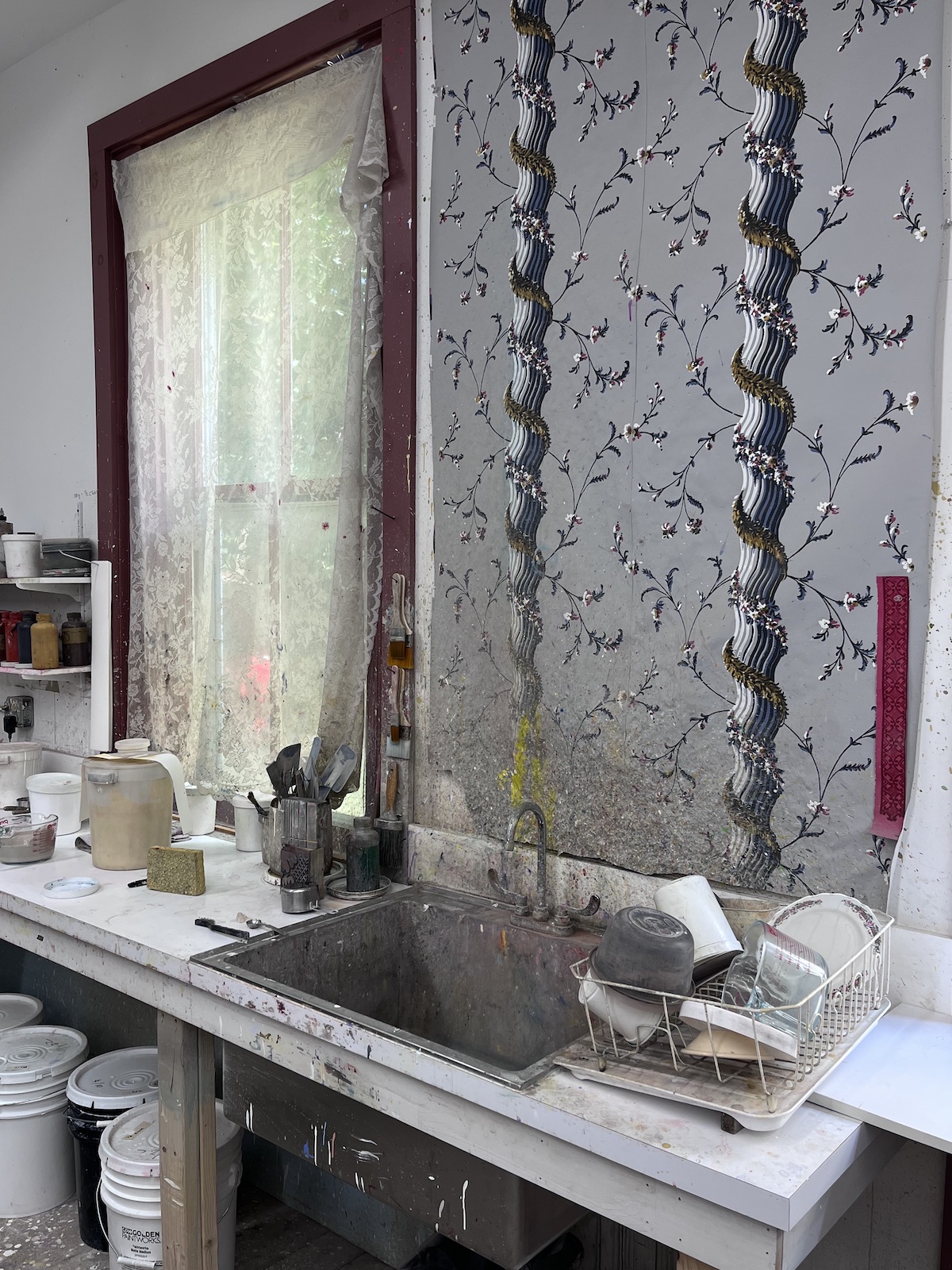JR Artisan Spotlight
Steve LarsonOwner


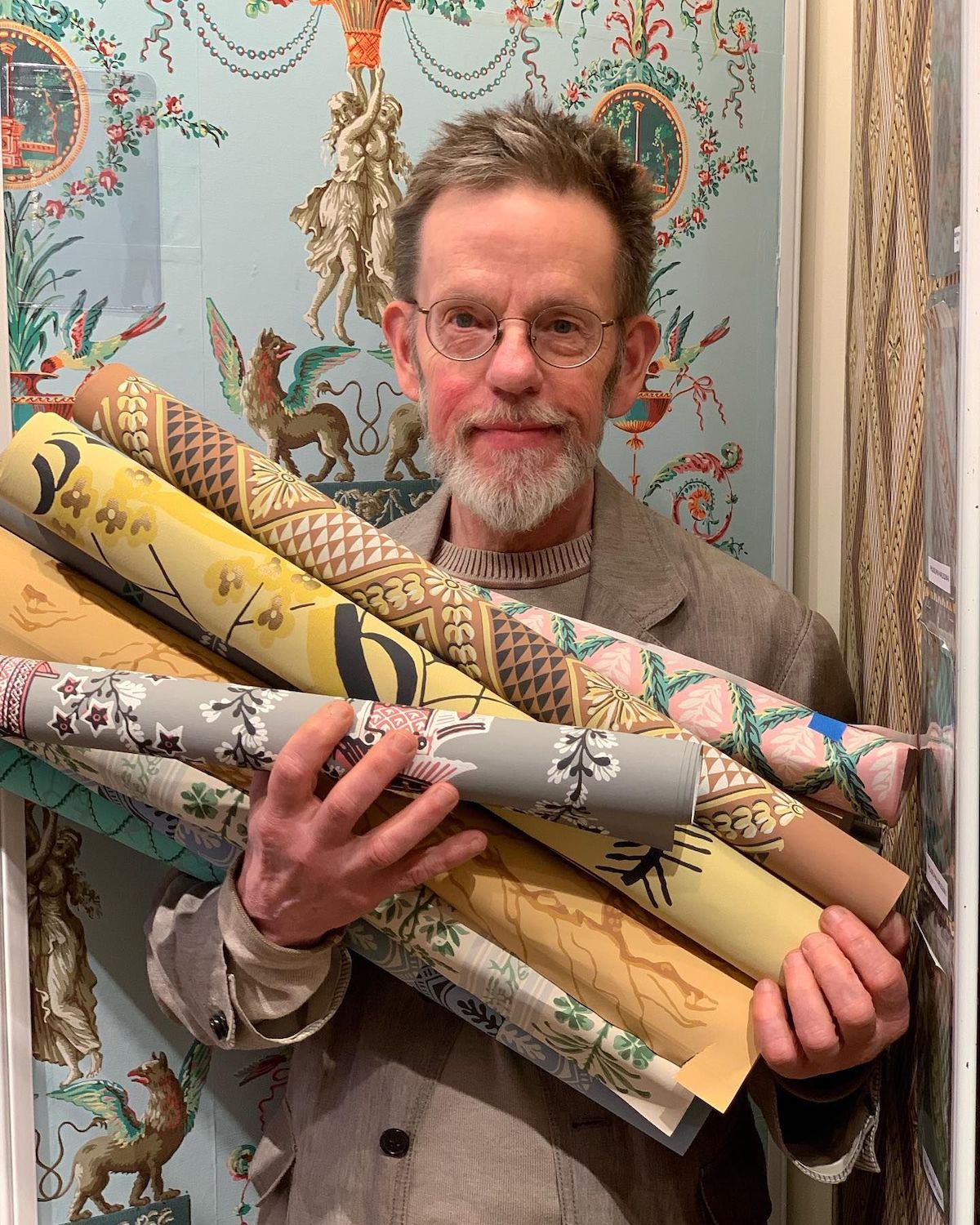
What inspires you?
Visiting a disheveled antique store, opening a battered leather trunk, and discovering that it is lined with a nearly intact 1830s French wallpaper with an irise (rainbow) printed pattern on an irise ground. And then realizing I saw the same pattern in the archives of the Musee du Papier Peint in Rixheim, France. And then realized I saw the same pattern in the archives of the Musee du Papier Peint in Rixheim, France – and that we could print it ourselves.
Describe your work in 5 words or less:
Wood meets paint meets paper
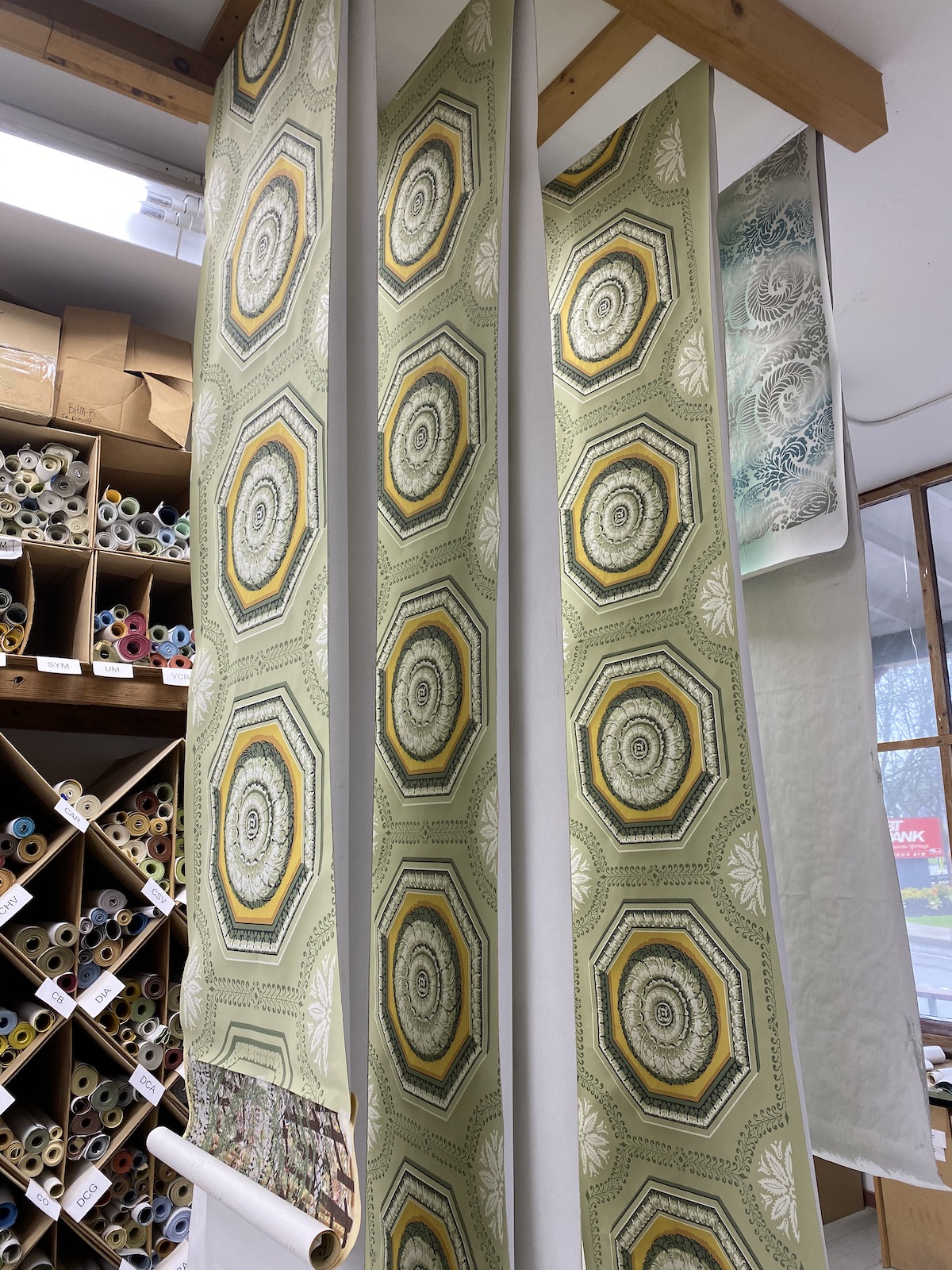
How did you get your start in the industry:
In 1996, at about the same time as I was attempting to create wallpaper in my studio at home, I visited the Farmers’ Museum in Cooperstown, New York. While there, I encountered a newly created workshop where the block printing of wallpaper was being demonstrated. After a short conversation with the staff, and a wait of several months, I began working at the museum – learning about the process as well as the centuries-long development of the craft.
Chris Ohrstrom, my business partner, is responsible for setting up “The American Paper-Staining Manufactory” at the museum. He came to historic block printed wallpaper from the perspective of a person who owned a historic paper company, as well as having a lifelong interest in understanding and preserving 18th-century American homes.
In 1999, after several years at the museum, we established Adelphi Paper Hangings.
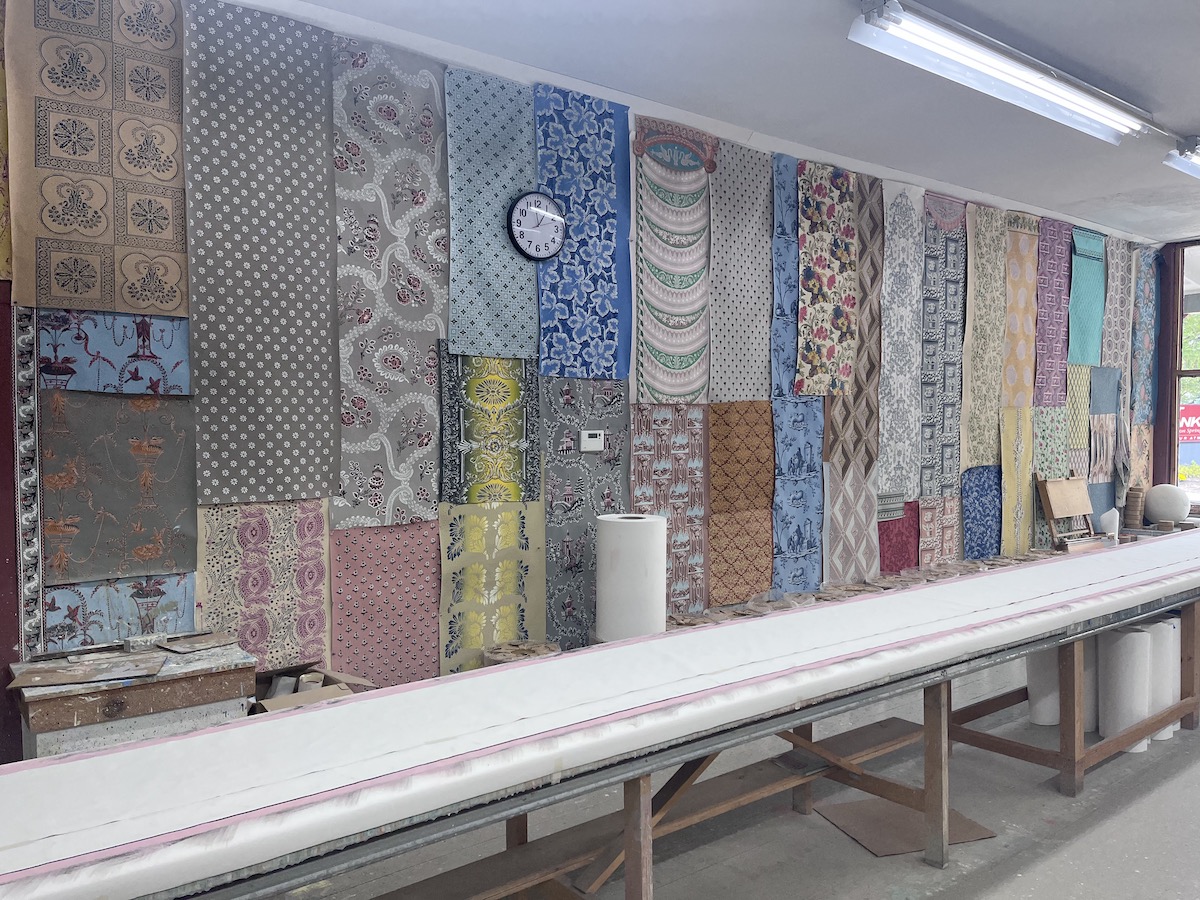
What’s makes your brand stand out from the rest:
Block-printed wallpapers are like no other. Due to the physical act of pressing paint onto a paper substrate with woodblocks, the surface appearance of our wallpapers is a rich amalgam of light colors (on the upper surface) with darker shadows of the same color underneath. Adelphi is dedicated to not only keeping this technique viable but also introducing contemporary audiences to the best of 18th and 19th-century wall decoration.

Describe your studio/work space:
Adelphi Paper Hangings is located in a late 19th-century commercial building in Sharon Springs, New York. There are two primary rooms; one contains two printing presses and a paint formulating area, the other has one press, an 11-yard-long table for grounding and shorter table for forming seamed rolls. Floors in both spaces are decoratively speckled with 22 years of paint (we moved here in 2001)
Any new techniques, mediums, colors, aesthetics you are experimenting with?
Trying to understand and interpret historic materials keeps us plenty busy, although we may try to develop a satin ground someday.
